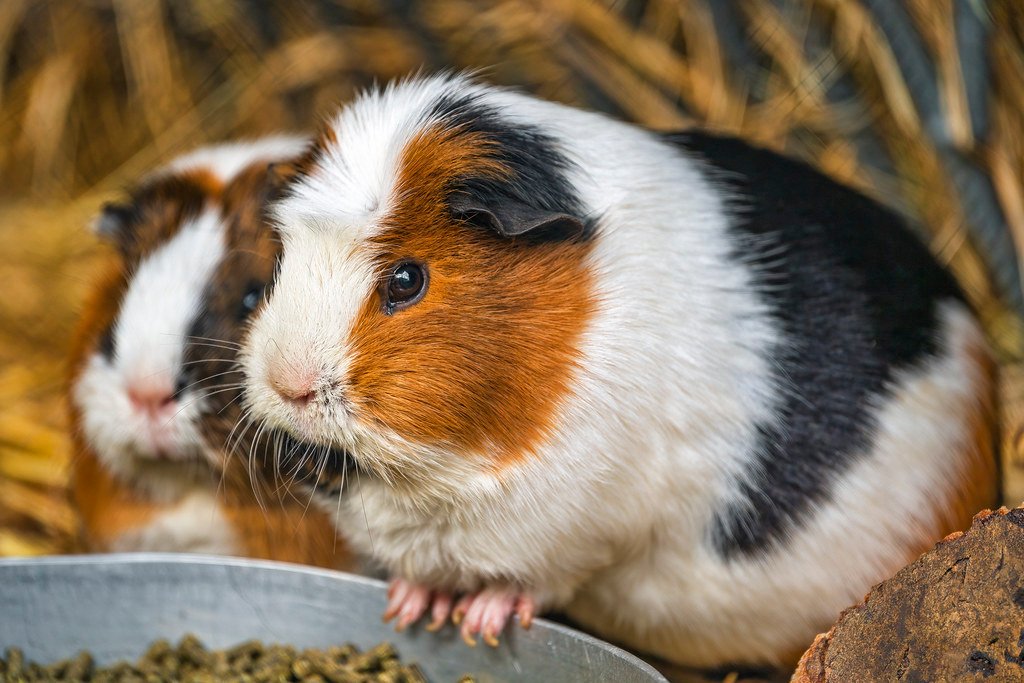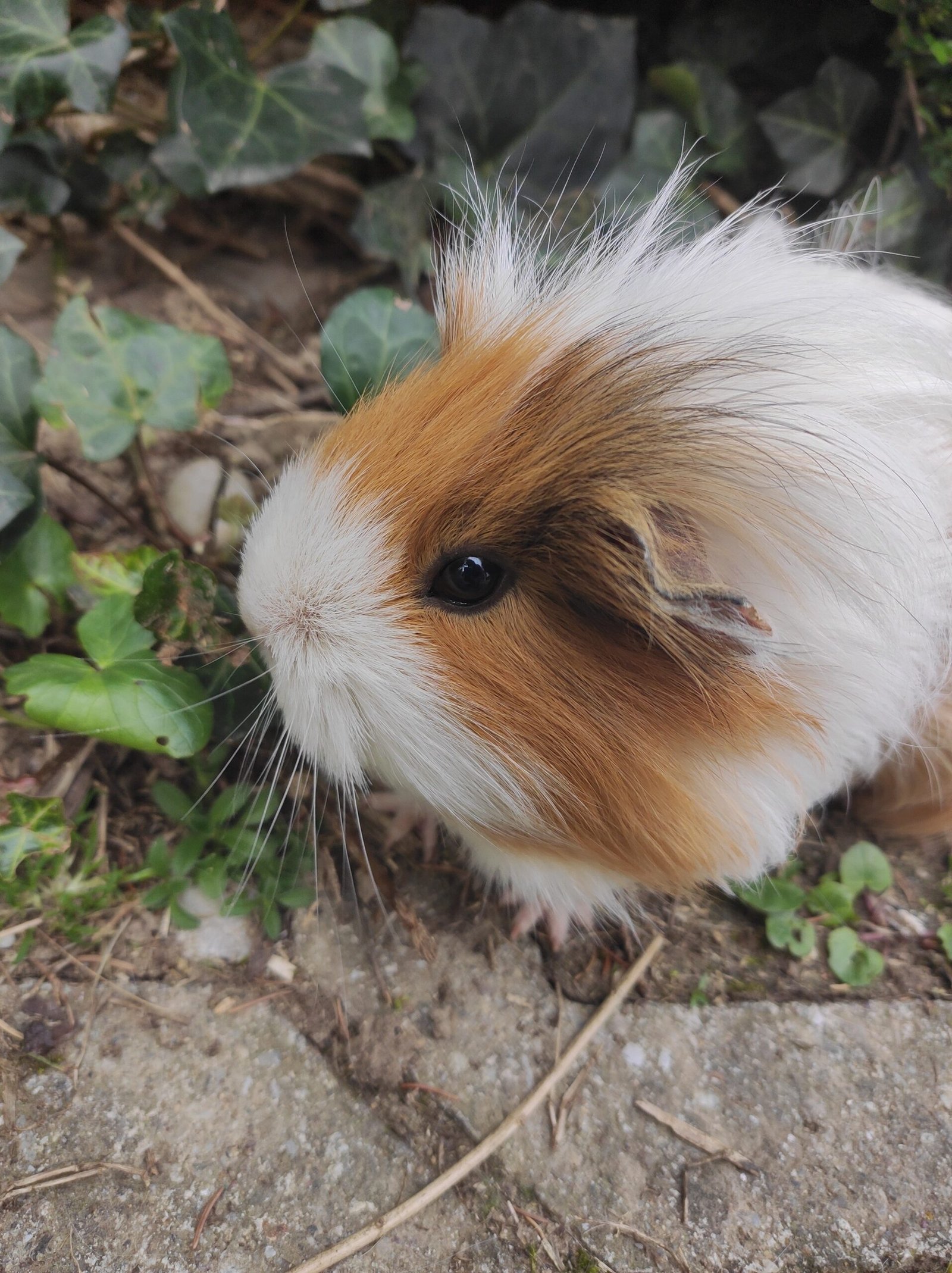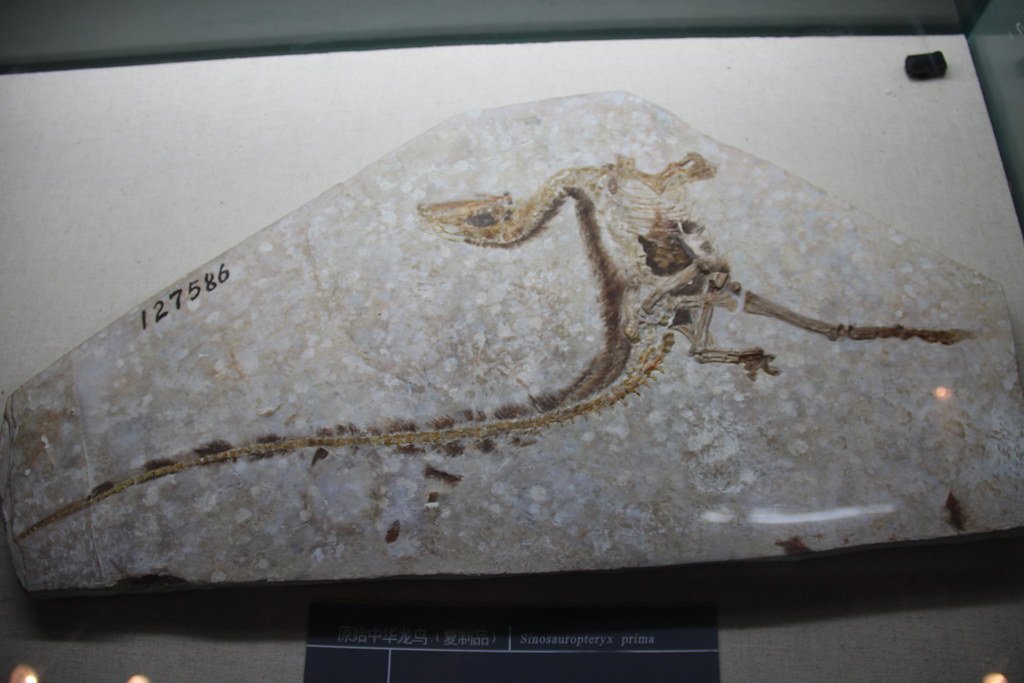Picture this: in a laboratory somewhere, a small furry creature with bright eyes and twitching whiskers is unknowingly contributing to groundbreaking medical discoveries that could save millions of human lives. That creature? A guinea pig. While most people see these adorable pets as nothing more than cuddly companions, the scientific community has been quietly relying on these remarkable rodents for over a century to unlock the mysteries of human health and disease. Their contributions to medicine are so profound that the phrase “guinea pig” has become synonymous with experimental testing itself.
The Historical Foundation of Guinea Pig Research

The relationship between guinea pigs and medical research dates back to the 1880s when German bacteriologist Robert Koch first used them to study tuberculosis. These small mammals quickly proved invaluable because their immune systems respond to infections in ways remarkably similar to humans. Unlike mice or rats, guinea pigs don’t naturally produce vitamin C, making them perfect models for studying scurvy and nutritional deficiencies.
Throughout the early 20th century, guinea pigs became the gold standard for vaccine development and infectious disease research. They played crucial roles in developing vaccines for diphtheria, whooping cough, and tuberculosis. The term “guinea pig” as slang for test subject emerged during this period, cementing their place in both scientific history and popular culture.
Genetic Similarities That Matter

What makes guinea pigs exceptional research models isn’t just convenience – it’s their surprising genetic compatibility with human physiology. Their cardiovascular system closely mirrors our own, with similar blood pressure patterns and heart rate responses. This similarity has made them indispensable for studying heart disease, hypertension, and circulatory disorders.
Guinea pigs also share our inability to synthesize vitamin C, a trait found in only a few mammalian species including humans and other primates. This unique characteristic has revolutionized our understanding of nutritional science and antioxidant research. Their genetic makeup includes approximately 2.6 billion DNA base pairs, creating a complex enough system to model human diseases accurately.
Respiratory Research Breakthroughs

The respiratory systems of guinea pigs have provided scientists with unprecedented insights into asthma, allergies, and lung diseases. Their airways react to allergens and irritants in patterns strikingly similar to human responses, making them ideal for studying respiratory inflammation and developing new treatments. This similarity has led to breakthrough discoveries in understanding how asthma develops and progresses.
Research using guinea pig models has directly contributed to the development of bronchodilators and anti-inflammatory medications now used by millions of asthma patients worldwide. Their lung tissue architecture and breathing patterns provide researchers with reliable data that translates effectively to human clinical trials.
Infectious Disease Warriors

Guinea pigs have been frontline soldiers in humanity’s war against infectious diseases for over a century. Their immune systems mount responses to bacterial and viral infections that closely parallel human reactions, making them invaluable for testing vaccines and treatments. They’ve been instrumental in developing treatments for everything from plague to pneumonia.
During the COVID-19 pandemic, guinea pig models helped researchers understand how the virus affects respiratory systems and test potential treatments. Their contribution to tuberculosis research alone has saved countless lives, as they remain one of the most reliable models for studying this persistent global health threat.
The Scurvy Connection

Perhaps no research area better demonstrates the unique value of guinea pigs than scurvy studies. As one of the few mammals that can’t produce vitamin C naturally, guinea pigs develop scurvy symptoms identical to humans when deprived of this essential nutrient. This biological quirk has made them the perfect model for nutritional research and vitamin studies.
Early scurvy research using guinea pigs led to the discovery of vitamin C’s role in collagen synthesis and wound healing. These findings revolutionized naval medicine and nutrition science, ultimately saving thousands of sailors’ lives and establishing the foundation for modern vitamin supplementation practices.
Hearing and Auditory Research

The guinea pig’s auditory system shares remarkable similarities with human hearing, making them essential for studying deafness, hearing loss, and auditory processing disorders. Their cochlear structure and inner ear anatomy provide researchers with detailed insights into how sound processing works and what goes wrong in hearing-related conditions.
Groundbreaking research using guinea pig models has led to improvements in hearing aid technology and cochlear implant design. Their contributions to understanding noise-induced hearing loss have influenced workplace safety regulations and helped develop protective measures for people in high-noise environments.
Cardiovascular System Studies

Guinea pig hearts beat with rhythms and patterns that mirror human cardiovascular function more closely than most other laboratory animals. Their blood pressure regulation, heart rate variability, and response to cardiac stress provide invaluable data for heart disease research. This similarity has made them crucial for testing new cardiac medications and understanding heart failure mechanisms.
Research involving guinea pig cardiovascular models has contributed to the development of blood pressure medications, heart rhythm regulators, and treatments for coronary artery disease. Their predictable responses to cardiac stress have helped scientists understand how exercise, diet, and lifestyle factors affect heart health.
Reproductive and Pregnancy Research

The reproductive biology of guinea pigs offers unique insights into human pregnancy and fertility issues. Their gestation period, hormonal changes during pregnancy, and birthing processes share surprising similarities with human reproduction. This has made them valuable models for studying pregnancy complications and developing treatments for reproductive disorders.
Guinea pig pregnancy research has contributed to understanding preeclampsia, gestational diabetes, and other pregnancy-related conditions. Their relatively short gestation period allows researchers to study multiple generations quickly, providing insights into genetic factors affecting reproduction and fetal development.
Allergy and Immunology Advances

Guinea pigs have been instrumental in unraveling the mysteries of allergic reactions and immune system function. Their ability to develop sensitivity to various allergens mirrors human allergic responses, making them perfect models for studying hay fever, food allergies, and contact dermatitis. This research has led to better understanding of how allergies develop and progress.
The development of antihistamines and allergy medications owes much to guinea pig research. Their immune system’s response to allergens helped scientists identify the mechanisms behind allergic reactions and develop targeted treatments that now help millions of people manage their allergies effectively.
Neurological Research Applications

While not as commonly used as mice for neurological studies, guinea pigs have contributed significantly to understanding certain brain functions and neurological disorders. Their brain structure and neural pathways share important similarities with human neurology, particularly in areas related to sensory processing and motor control.
Guinea pig models have helped researchers study epilepsy, brain development, and neurotransmitter function. Their contributions to understanding how the nervous system develops and responds to injury have influenced treatments for neurological conditions and improved our knowledge of brain plasticity.
Pharmaceutical Testing and Drug Development

Before any new medication reaches human trials, it typically undergoes extensive testing in animal models, with guinea pigs playing a crucial role in this process. Their metabolic processes and organ function provide reliable indicators of how drugs might behave in human systems. This testing helps identify potential side effects and determines safe dosage levels.
The pharmaceutical industry relies heavily on guinea pig models for testing everything from pain medications to antibiotics. Their predictable responses to drugs have helped bring countless life-saving medications to market safely and effectively, ensuring that treatments work as intended when they reach patients.
Skin and Dermatological Research

Guinea pig skin shares important characteristics with human skin, making them valuable models for dermatological research. Their skin’s sensitivity to irritants, allergens, and topical treatments provides insights into conditions like eczema, psoriasis, and contact dermatitis. This research has led to better understanding of skin barrier function and the development of more effective treatments.
The cosmetics and personal care industry has long used guinea pig models to test product safety and efficacy. While many companies have moved toward alternative testing methods, guinea pig research laid the groundwork for understanding how different substances interact with skin and what concentrations are safe for human use.
Nutritional Science Contributions

Beyond their famous role in vitamin C research, guinea pigs have contributed significantly to our understanding of nutrition and metabolism. Their dietary requirements and metabolic processes provide insights into human nutritional needs and how different nutrients interact within the body. This research has influenced dietary guidelines and nutritional recommendations.
Studies using guinea pig models have helped establish recommended daily allowances for various vitamins and minerals. Their responses to different diets and nutritional deficiencies have provided crucial data for understanding malnutrition, obesity, and metabolic disorders that affect millions of people worldwide.
Stress and Behavioral Research

Guinea pigs exhibit stress responses that are remarkably similar to human psychological and physiological reactions to stressful situations. Their cortisol levels, behavioral changes, and physical symptoms of stress provide valuable insights into how chronic stress affects health and well-being. This research has influenced our understanding of stress-related disorders and treatment approaches.
Studies involving guinea pig stress models have contributed to the development of anxiety medications and stress management therapies. Their social behaviors and responses to environmental changes have helped researchers understand the connection between social isolation, stress, and physical health outcomes.
Cancer Research Applications

While not as commonly used as mice for cancer research, guinea pigs have made important contributions to understanding certain types of cancer and treatment responses. Their immune system’s ability to recognize and respond to abnormal cells provides insights into how cancer develops and spreads. This research has helped identify potential therapeutic targets and treatment strategies.
Guinea pig models have been particularly valuable for studying cancers that affect the respiratory system and skin. Their responses to chemotherapy and radiation treatments have helped researchers understand how these therapies work and how to minimize their side effects while maximizing their effectiveness.
Ethical Considerations and Welfare Standards

The use of guinea pigs in research comes with significant ethical responsibilities and welfare considerations. Modern research facilities must provide appropriate housing, nutrition, and veterinary care to ensure these animals’ well-being throughout their participation in studies. Strict regulations govern how guinea pigs are used in research, with emphasis on minimizing stress and discomfort.
The scientific community has developed comprehensive guidelines for guinea pig care in research settings, including requirements for social housing, environmental enrichment, and humane treatment. These standards ensure that research animals are treated with respect and dignity while contributing to scientific advancement that benefits human health.
Alternative Methods and Future Directions

As technology advances, scientists are developing alternative methods that may reduce the need for guinea pig testing in certain areas. Cell culture techniques, computer modeling, and organ-on-chip technologies offer promising alternatives for some types of research. However, these methods cannot yet fully replicate the complex biological systems that guinea pigs provide.
The future of guinea pig research likely involves a combination of traditional animal models and innovative alternatives. This approach aims to maintain the valuable scientific insights these animals provide while continually improving their welfare and reducing their use wherever possible. The goal is to balance scientific progress with ethical responsibility.
The Legacy of Laboratory Guinea Pigs

The contributions of guinea pigs to medical science extend far beyond what most people realize. These small creatures have been silent partners in developing treatments for diseases that have plagued humanity for centuries. Their sacrifice has enabled breakthrough discoveries that have saved millions of lives and improved the quality of life for countless others.
From the development of life-saving vaccines to the understanding of basic biological processes, guinea pigs have played an irreplaceable role in advancing human health. Their unique biological characteristics continue to provide insights that no other model can offer, making them indispensable partners in the ongoing fight against disease and suffering.
Looking at the squeaking, furry creatures in pet stores today, it’s hard to imagine their profound impact on human medicine. These remarkable animals have helped unlock secrets of the human body that have revolutionized healthcare and saved countless lives. Their contributions span everything from basic nutrition to complex disease mechanisms, proving that sometimes the most important scientific discoveries come from the most unexpected sources. The next time you hear a guinea pig’s distinctive squeak, remember that sound represents more than just a cute pet – it echoes through the halls of medical history as a testament to the power of scientific collaboration between species. What other everyday animals might hold the keys to tomorrow’s medical breakthroughs?




